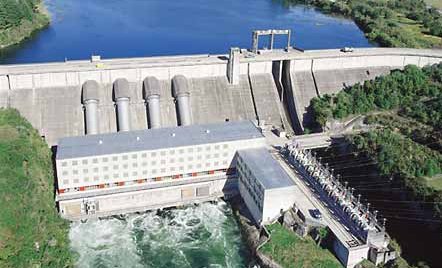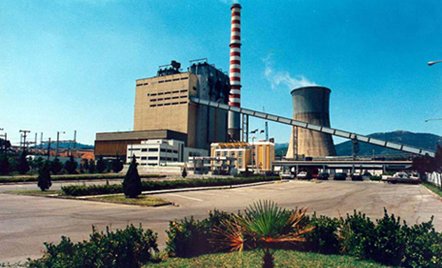 |
|
|
 |
 |
| Department of Energy Technology Engineering |
 |
 |
 |
|
 |
| Heating Cooling and Air-conditioning Systems II |
| Course Code: |
7523B |
| Course Type: |
Theory & Laboratory |
| Course Category: |
Optional |
| Hours per Week: |
8 (Theory 5, Lab 3) |
| Credit Units: |
8 |
| Semester: |
F |
Aims and Scope
Design
of complete central heating, ventilating and air-conditioning systems in
buildings (dwellings, office buildings, hospitals, hotels, etc). Methods for
load assessment and calculation procedures either manual or by software.
Hardware of air-conditioning plants and elements of their maintenance.
Course Description
Theory: Thermal comfort, indoor air
quality, Psychrometry, sensible and latent heat, psychrometric chart,
psychrometric processes and relevant calculations on the chart. Types of
air-conditioning systems, characteristics, advantages and disadvantages.
Building orientation, solar irradiance, climate data. Thermal (winter) and
cooling (summer) load assessment, external cooling loads (direct solar gains,
heat gain through building envelope, thermal inertia of the building, time lag,
air infiltration gains), internal cooling loads (due to people, lighting and
electrical equipment). Complete design of air-conditioning systems,
calculations for the design of air and water networks, pumps and fans, air
ducts, humidifiers, cooling coils. Automatic control systems, energy efficiency
of air-conditioning systems. Heat pumps, principles of operation of basic
refrigeration cycles (standard compression cycle, absorption cycle),
description of the corresponding refrigeration plants and relevant hardware,
environmental issues, use of renewable sources of energy, reference to
non-conventional refrigeration cycles and current research.
Laboratory: By means of laboratory
exercises demonstrated on a semi-central air-conditioning educational plant
device, the students recognize the basic components and control systems,
perform measurements of the psychrometric variables, velocity and mass flowrate
of air, realize the basic psychrometric processes and make relevant
calculations (sensible heating, heating with humidification, mixing of fresh
air with return air, cooling with dehumidification), check and assess the
satisfactory loading and effective operation of the unit. In addition, they
perform cooling load computations by means of available commercial software, as
well as air ducts and fan calculations.
Expected Course Outcome
By the end of the course
the students should:
- Understand the types, basic
characteristics, structure and operation of air-conditioning systems and refrigeration
plants for various applications.
- Possess the required knowledge
to make calculations for the design and dimensioning of the basic components of
an air-conditioning system
Bibliography
Greek:
- ÈÅÑÌÁÍÓÇ-ØÕÎÇ-ÁÅÑÉÓÌÏÓ, Ó.Í.×áëéêéÜ, Åêäïóç Ï.Å.Ä.Â., 1998
English:
- ASHRAE HANDBOOK OF FUNDAMENTALS, ASHRAE 1997.
- Jones W
P, “Air Conditioning Engineering”, 4th Edition, Edward Arnold, 1994
- Legg R,
“Air Conditioning Systems”, Batsford, 1991.
- Eastop T
D & Watson W E, Mechanical Services for Buildings, Longmans, 1992.
- Chadderton
D V,”Air Conditioning – A Practical Introduction”, Spon Press.
- Jones W
P, “Air Conditioning Applications and Design”, 2nd Edition, Edward Arnold,
1997.
- Awbi H,
“Ventilation of Buildings”, Taylor & Francis, 2003.
- CIBSE Guide Book “A” and “B”.
|
| Created Date : 23/05/2013 |
|
|
|
| |
|
|
|
|
|
|
 |